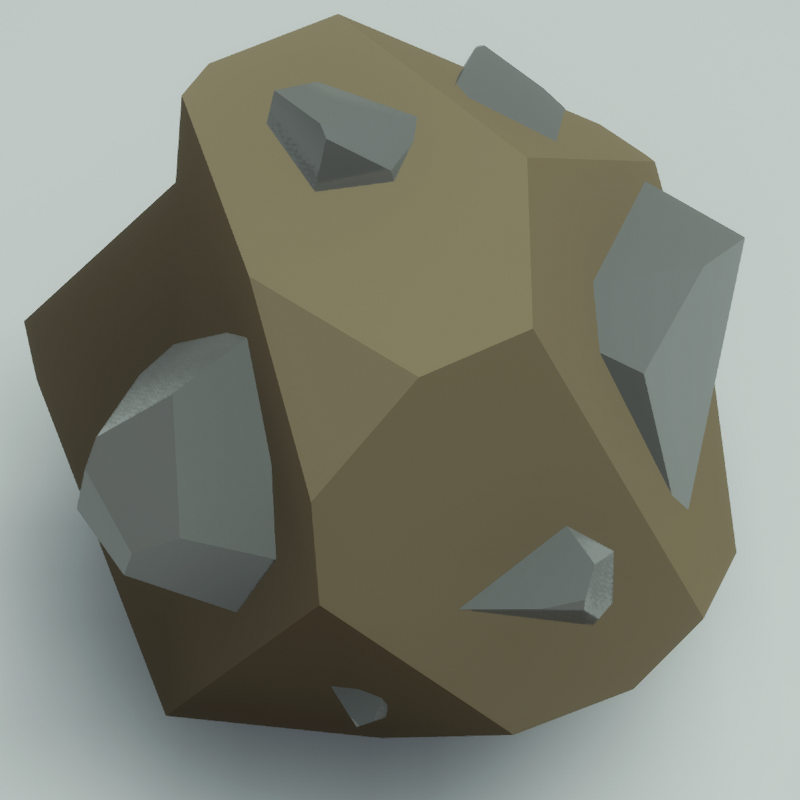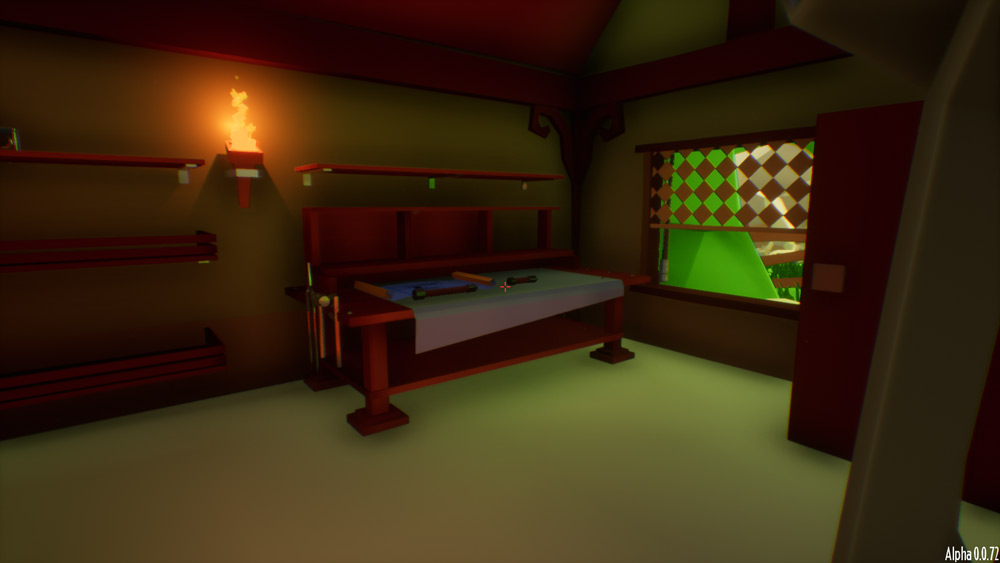

Shop around, but keep in mind you don’t need anything fancy to get the job done. Which means they come in all different price ranges as well. The flat cross peen works well for moving a good amount of steel, while also providing more control of where it moves to.īlacksmith hammers comes in all sorts of shapes, patters, styles and materials. You also want to make sure the hammer you pick has hardened steel faces for longevity, being your first and only hammer it will be doing a lot of work. The lighter weight won’t wear you out as quick, but is still enough to work with steel up to an inch thick. You will also need a hammer, I learned from an experienced blacksmith, when working alone an axe head can be done with a 1.5 – 2.5lb hammer with a flat cross peen on the backside. Essentially you just need a hard heavy surface. I’m sure there are more alternatives, it’s perfectly fine to get creative. If you want to keep it more traditional you can find small and medium anvils, a huge anvil is not necessary if you just want to make axe heads or knives.

They are heavy but not too heavy, offer rounded edges, and the “I” shape makes it easy to work with and move the project around. My favorite anvil alternative that I have seen is a section of old railroad track, sometimes you can find people selling these which have been shaped to resemble anvils. One example is a big thick square slab of steel, makes for a great surface to bang steel on, but it’s just flat which can make some angles difficult. Luckily they make smaller anvils, and there are also some great anvil alternatives that I have seen. It’s the type of thing you only want to move once, and that’s where it stays.

Many people do not have the space for a large very heavy anvil. However, a hobby blacksmith may have considerations to make. They are made specific for doing different things with metal, so they are great. Or do you? Anvils are great, and have quite the storied histories just like axes do. Of course you will need the most famous blacksmith tool, an anvil. Let’s talk about the tools and other items you will need for your axe forging project.

You can also find vintage drifts on sites like Ebay, some of which were used to make axes before you were even born! Forging Tools and Equipment These can be purchased from most blacksmith supply shops and stores online. It is also very easy to build your own charcoal forge for outdoor work, but that’s another project to discuss later.Įven very experienced blacksmiths use drifts, it makes saves time both in creation and finishing of the axe head. A gas forge only requires some ventilation. However, a coal or charcoal forge is the traditional way to forge steel. You also have less control of the temperature. A coal or charcoal forge requires a blower and a chimney, you have to deal with soot and other health concerns. There is also no need for a blower which is used to build more heat, with gas forges the gas pressure and burning fuel are able to produce the necessary heat. You just hook up a tank, fire it up and start cooking. Most are fueled with propane just like your grill out on the deck. The most common type of forge for hobby blacksmiths is the gas forge, it’s easy and simple. The Forgeįinally we arrive at the most important tool of all… the forge. The biggest difference is our options of working materials and tools in making handmade axes. The methods of a backyard blacksmith don’t stray far from those of ancient blacksmiths. ** Skip to the middle of the article to get to the forging process This article will not be discussing industrial forging methods but rather will focus on basic hand forging that anyone can do at home in the backyard. Of course over time the art has evolved with improvements in method, and the use of new ideas.įrom there industry took over, and metal forging become a vast topic with many methods, processes, and technologies. These people were the true founders of metallurgy and metal work. In the valley between the Tigris and the Euphrates rivers called Mesopotamia, there lived a mixed ethnicity civilization.


 0 kommentar(er)
0 kommentar(er)
